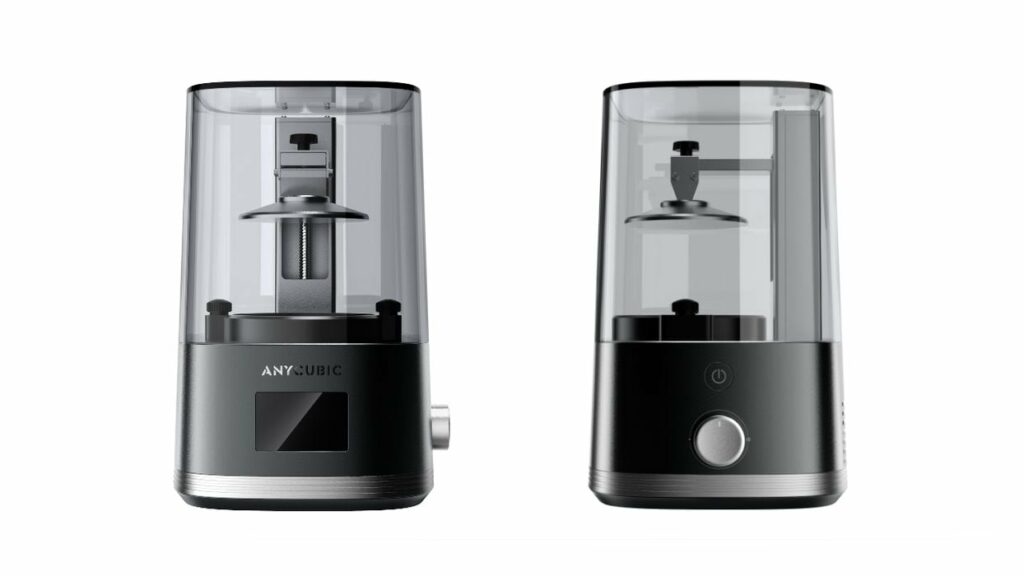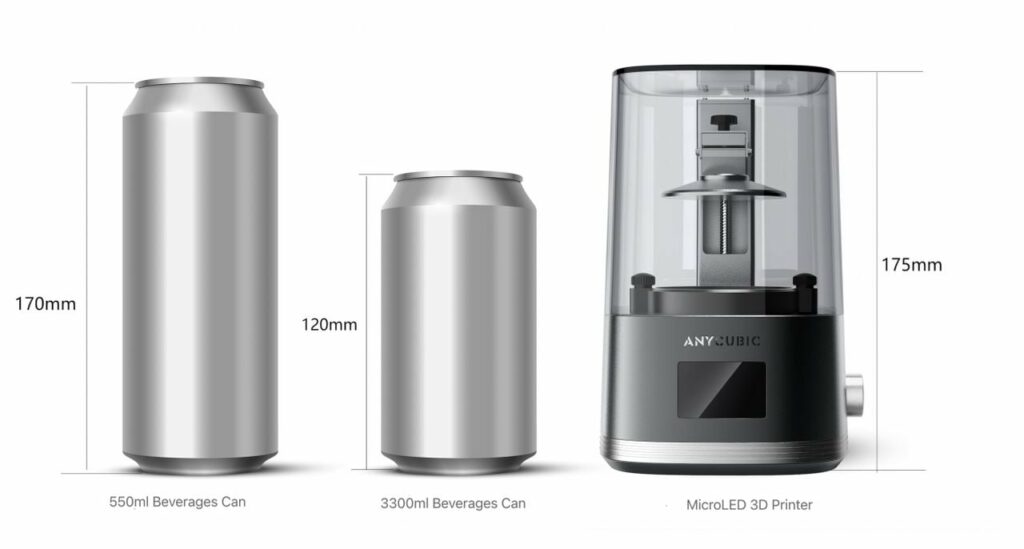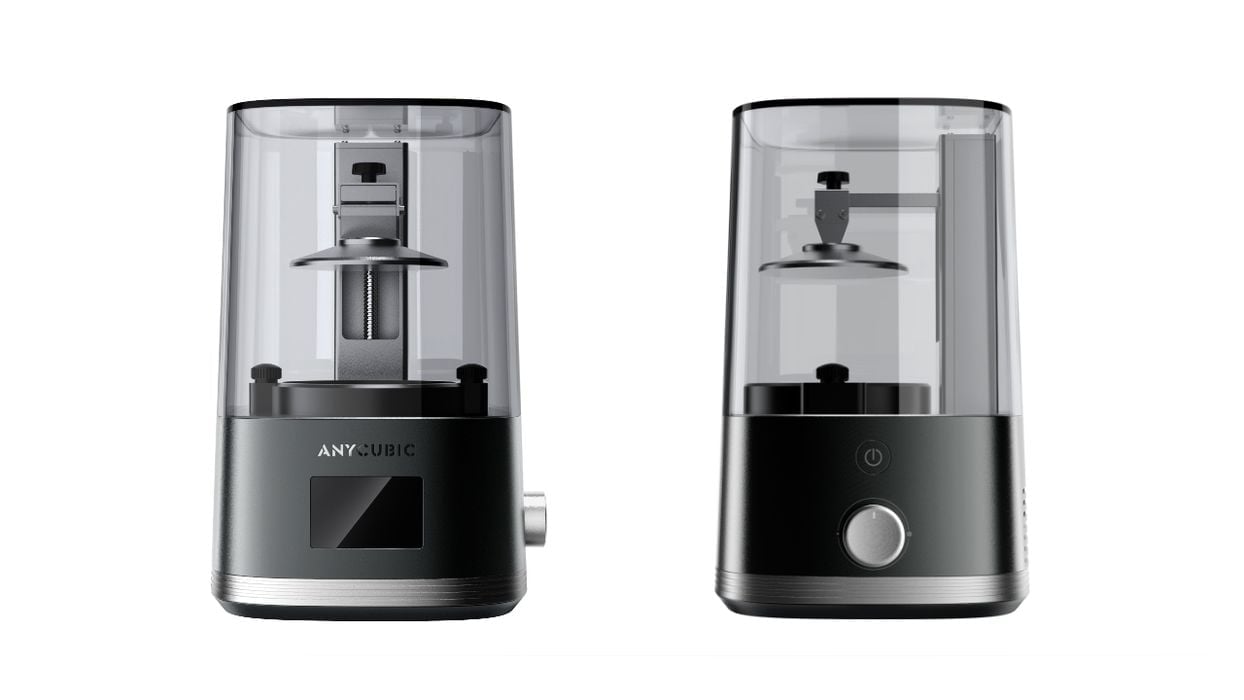
SPONSORED CONTENT
Anycubic announced a very different kind of 3D printer, one that’s based on microLED technology.
The Shenzhen-based company has been producing many well-regarded desktop 3D printers since their launch in 2015. We’ve managed to perform reviews of several Anycubic models from the company over the past two years, including the Kobra Plus, Kobra, Photon M3 Plus, Photon M3, Mono 6K and Vyper. We found each to be quite effective for their target markets.
Now Anycubic turns to a different niche with the new microLED technology, obtained through a partnership with JBD (Jade Bird Display), makers of highly effective micro-display panels.
The new microLED device, as yet unnamed, is to be unveiled to the public this September.
So what’s new about this device? Let’s first understand how typical desktop MSLA 3D printers work.
Normally there is an array of standard LED lights under the resin vat. These vary in number and arrangement, but the idea is to provide as uniform coverage of the resin tank as possible. Some systems involve lenses to ensure that coverage and help ensure light is perpendicular to the resin tank. In-between the light engine and the resin tank is an LCD screen that can mask out pixels as required to form each printed layer. That’s why this technology is called MSLA, because it’s actually “Masked SLA”.
The performance of MSLA systems depends on the resolution of the LCD screen and the quality of the light from the LED engine. This all seems to change with the new microLED 3D printer.
MicroLED is a cutting-edge micro-display technology favored by many applications for its outstanding features such as ultra-high brightness, high contrast, high color gamut, low power consumption, etc. JBD’s MicroLED is manufactured using its semiconductor hybrid integration technology. And it is a well-established technology and is manufactured by combining inorganic III-V light-emitting material LEDs with a silicon-based CMOS backplane.
It can be used to manufacture ultra-high pixel pitch micro-displays with pixel densities greater than 10,000 PPI, and use semiconductor materials that can emit wavelengths covering the entire spectrum from ultraviolet to infrared. The 0.13-inch ultraviolet (UV) light engine of the MicroLED combined the features of small size, high contrast ratio, and ultra-low power consumption. It plays an essential role in making this pocket-sized 3D printer.
There is no need for an LCD panel because the pixels on the microLED light engine can be individually controlled. This means there could be far more energy hitting the resin, and possibly this may mean very fast print times.
Anycubic said the new printer will consume only 6W during print operations, meaning it is also extremely energy efficient.
The resolution should be astounding, and as high as ever seen in a desktop 3D printer.

There’s another “micro” aspect of this device: it’s actually very small. In this image you can see the proposed device compared to tall and standard drink cans: it’s not very big at all.
This suggests the machine is likely ideal for 3D printing extremely detailed small objects, such as jewelry or fine parts for smaller mechanisms. By using a casting resin, it should be possible for jewelers to produce astonishing new designs in metal through casting processes.
JBD’s durable light module will enable the MicroLED 3D Printer to work over 20,000 hours, highly extending the lifespan.
As of today, Anycubic has not released many details on this intriguing device aside from a look at the technology. We don’t know the build volume, resin capabilities, speeds and especially the price point.
But that will all come later.
Via Anycubic

